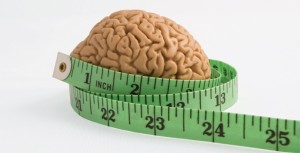As most people know, obesity has impacted the lives of many people in western society. Everywhere you turn, there is a fast-food building, a convenience store with cheap, sugary snacks, and fewer places with accessible health foods.

Reading blogs and watching you-tube videos about explanations to this, people tend to lean more towards the “moral judgement” explanation. Some people say that obesity happens when people lack will power, and some people say that it’s because of the parents. However, the explanation that isn’t talked about as much is the idea the increase in high caloric diet could be because of brain dysfunction.
According to a paper that we read in class, cognitive impairments and hormone regulation were affected by obesity. It seems to be an endless cycle.
High caloric diets can lead to the breakdown of the Blood Brain Barrier, which can have detrimental effects (i.e. toxins can potentially enter the brain) itself. It also leads to inflammation, which will affect areas of the brain that are susceptible to damage such as the amygdala (emotions), hypothalamus (hormones), and hippocampus (memory).
Overeating can become a learned behavior in result of the effects on emotions, hormones, and memory. In a way, the brain acts as if it is an addiction because of how reinforcing it is. The changes can also result in detrimental effects such as oxidative stress and Insulin-receptor signaling breakdown. All of these can result in cognitive impairment, and more of high-caloric diets.

Although obesity can result in changes to the brain, thus resulting further as more of a brain disease, it is also important to look at what initially starts the high-caloric diets. This is where most people think it’s a matter of moral decisions. However, studies show that genetics and environment (socioeconomic status, fresh food availability, etc.) can also play a very large role in obesity. It is not just a matter of moral decision, although that does play a role as well.
Furthermore, more research needs to go to into this topic in order to fully understand obesity, what causes it, and how we can help alleviate it as much as possible.






















